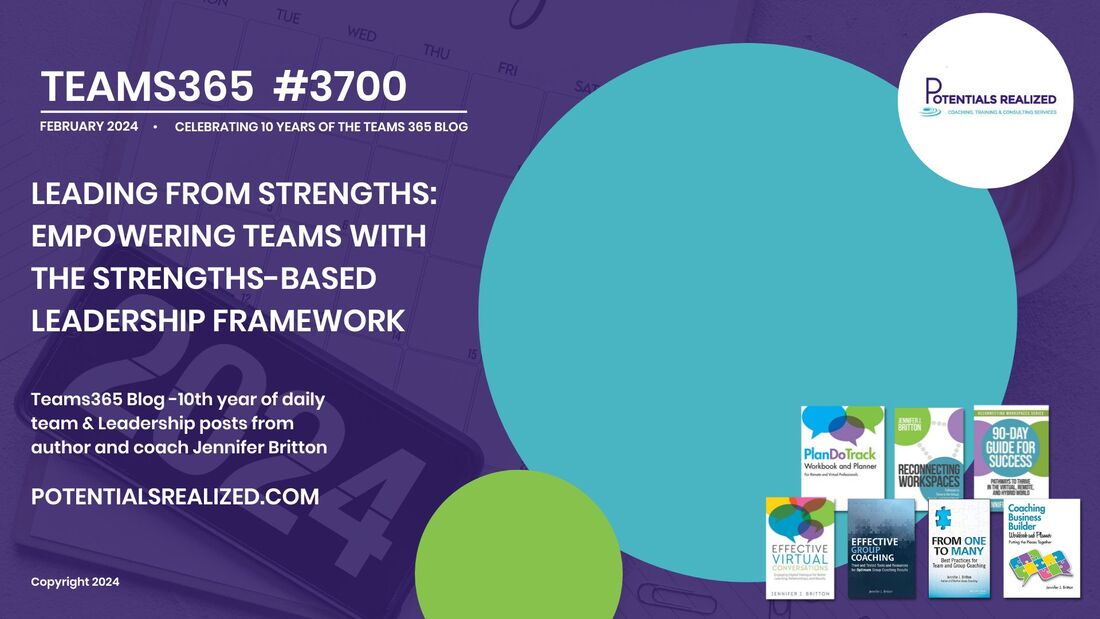The Strengths-Based Leadership framework is built upon four key pillars:
1. Developing Strengths: Rather than focusing solely on addressing weaknesses, Strengths-Based Leadership advocates for identifying and developing individuals' strengths. Leaders are encouraged to help team members recognize their unique talents and abilities, and provide opportunities for further growth and refinement. By investing in strengths development, leaders can unlock untapped potential and cultivate a culture of continuous improvement within their teams.
2. Building Trust: Trust is the foundation of effective leadership. In the Strengths-Based Leadership framework, trust is established through authentic relationships and open communication. Leaders who lead from strengths demonstrate transparency, integrity, and empathy, earning the trust and respect of their team members. Trust enables teams to collaborate more effectively, take calculated risks, and navigate challenges with confidence.
3. Inspiring Engagement: Engaged employees are more committed, motivated, and productive. Strengths-Based Leaders inspire engagement by aligning tasks and responsibilities with individuals' strengths, fostering a sense of purpose and fulfillment. By leveraging strengths, leaders can create a work environment where employees feel valued, empowered, and enthusiastic about their contributions. This heightened engagement translates into improved team performance and overall organizational success.
4. Achieving Results: Ultimately, the goal of leadership is to achieve results. Strengths-Based Leaders focus on leveraging the collective strengths of their team to drive outcomes that matter. By strategically deploying talent and resources, leaders can capitalize on their team's strengths to overcome challenges, seize opportunities, and deliver impactful results. This results-driven approach reinforces the importance of leveraging strengths as a means to achieve organizational objectives.
Incorporating the Strengths-Based Leadership framework into leadership practices requires intentionality, empathy, and a commitment to ongoing development. Leaders must take the time to understand their own strengths and leadership style, as well as those of their team members. By leading from strengths, leaders can create a positive work culture where individuals thrive, teams excel, and organizations succeed.
In conclusion, Strengths-Based Leadership offers a transformative approach to leadership that empowers teams to reach their full potential. By embracing the four pillars of the Strengths-Based Leadership framework—developing strengths, building trust, inspiring engagement, and achieving results—leaders can cultivate high-performing teams that drive organizational growth and innovation.
As a leader you will want to check out the four categories of Strengths leadership in the book by the title Strengths-Based Leadership. I’ll be diving into that more next week. For now, check out Strengths-Based Leadership on Amazon.
Enjoy your conversations!
Jennifer
CEO, Head Coach and Author
Potentials Realized | Group Coaching Essentials
Leadership | Teamwork | Coaching
Contact: 1-416-996-8326
Email: [email protected]
Instagram:@ReconnectingWorkspaces @CoachingBusinessBuilder
Pick up a copy of Reconnecting Workspaces: Pathways to Thrive in the Virtual, Remote and Hybrid World at Amazon – https://bit.ly/reconnectingworkspaces.
Check out my latest TEDx talk – Coaching Teams Through Chaos at https://www.ted.com/talks/jennifer_britton_coaching_teams_through_chaos
Set up a call with myself or my team to learn more about how we can support you through our award-winning ICF CCE approved Coach Training programs – https://calendly.com/potentials-realized/group-coaching-essentials

 RSS Feed
RSS Feed





